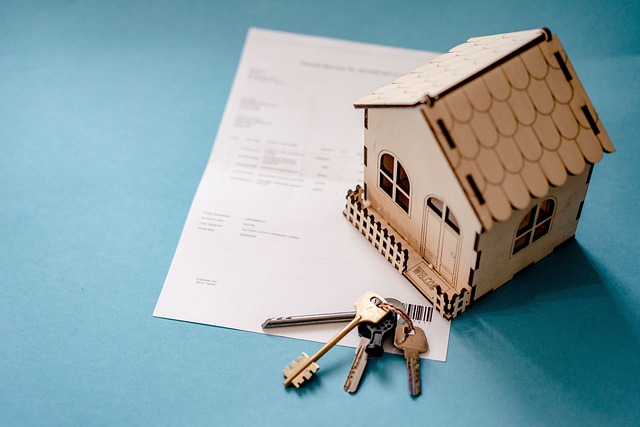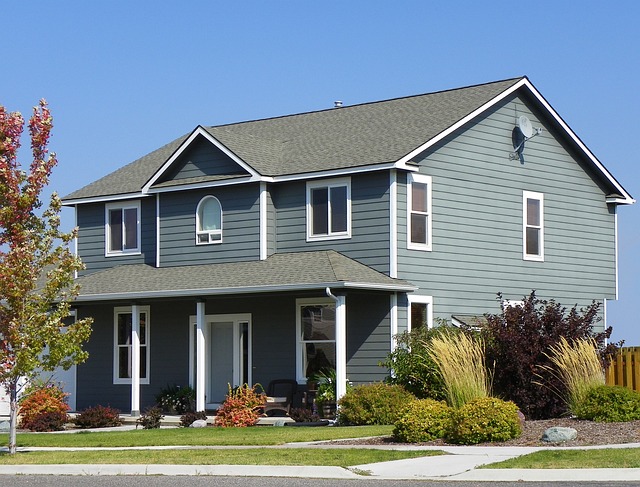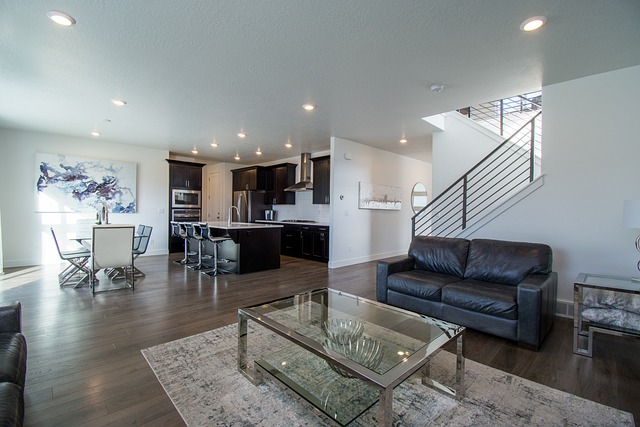When buying a second property in Singapore, investors must consider the country's stringent regulations aimed at market stability and preventing speculative investments. The Additional Buyer's Stamp Duty (ABSD) is a key tax that increases with each subsequent property purchase and should be fully understood to plan effectively. Strategic targeting of prime locations within the Core Central Region (CCR), such as Districts 9, 10, and 11, is recommended due to their appeal to affluent buyers and potential for value appreciation. Key investment considerations include long-term growth potential, property amenities, accessibility, and the neighborhood's development trajectory. It's also crucial to stay updated on market trends and policy changes that could affect investments. Financial prudence is vital, involving a thorough analysis of one's financial health, acquisition costs versus rental yields, financing options, and tax implications. Understanding Singapore's property ownership regulations, including the LTV and TDSR ratios, is essential to ensure compliance and manageable debt levels for a successful investment. By navigating these frameworks and focusing on long-term value, investors can confidently pursue favorable returns when purchasing a second property in this dynamic city-state.
considerings the strategic steps for investment, this article serves as a comprehensive guide on how to navigate the intricacies of buying a second property in Singapore. With its vibrant real estate market and stringent regulations, astute investors can capitalize on opportunities with the right approach. We’ll delve into understanding the market dynamics, strategic financial planning, and the legal framework governing second property ownership. Whether you’re an existing property owner or looking to expand your portfolio, this guide will equip you with the knowledge necessary for a sound investment in Singapore’s real estate landscape.
- Understanding the Landscape of Singapore's Real Estate Market for Second Property Investors
- Strategic Considerations and Financial Planning for Your Second Property Purchase in Singapore
- Legal and Regulatory Compliance: Navigating the Rules for Owning a Second Property in Singapore
Understanding the Landscape of Singapore's Real Estate Market for Second Property Investors

Navigating the landscape of Singapore’s real estate market as a second property investor involves a strategic approach, given the city-state’s competitive and regulated environment. Prospective investors must familiarize themselves with existing regulations that govern the purchase of additional properties. The Singapore government imposes an Additional Buyer’s Stamp Duty (ABSD) on individuals purchasing their second residential property, which serves as a deterrent against speculative buying and ensures market stability. As such, buyers should understand the implications of these taxes to optimize their investment strategy.
Moreover, the market dynamics in Singapore are influenced by factors such as economic growth, population trends, and policy changes. Investors should conduct thorough research to gain insights into the prime locations for property investment within Singapore, which traditionally include areas like Districts 9, 10, and 11, as well as the Core Central Region (CCR). These regions often present higher-value properties that cater to affluent buyers. To successfully plan your investment in a second property, consider the long-term potential of the property, its amenities, accessibility, and the overall growth trajectory of the neighborhood. Additionally, staying abreast of market trends and potential policy shifts will be crucial for making informed decisions when buying a second property in Singapore.
Strategic Considerations and Financial Planning for Your Second Property Purchase in Singapore

When contemplating the acquisition of a second property in Singapore, strategic considerations and meticulous financial planning are paramount. Prospective investors must assess the current real estate market trends, which are influenced by factors such as economic stability, population growth, and government regulations. The location of the property should be evaluated not just for its immediate appeal but also for its potential for capital appreciation over time. It is advisable to consider the property’s accessibility, proximity to amenities, and the neighborhood’s overall development plans.
Financial planning is a critical component in the process of purchasing a second property. This involves a thorough analysis of one’s financial status, including existing assets, liquidity, and cash flow projections. The cost of acquisition, maintenance, and potential rental income should be factored into the decision-making process. Additionally, investors must be well-versed in the various financing options available, such as bank loans or mortgage rates, and understand the implications of such financial commitments. It is also crucial to stay abreast of tax implications and how they may affect the profitability of the investment over both the short and long terms. By aligning strategic considerations with sound financial planning, investors can navigate the complexities of buying a second property in Singapore with greater confidence and potential for successful investment outcomes.
Legal and Regulatory Compliance: Navigating the Rules for Owning a Second Property in Singapore

When considering the purchase of a second property in Singapore, potential investors must first familiarize themselves with the local legal and regulatory framework that governs property ownership. The Singaporean government has established clear guidelines to ensure responsible investment and maintain housing affordability for its citizens. These regulations include the ABSD (Additional Buyer’s Stamp Duty) which is payable by individuals purchasing a second property, in addition to the existing buyer’s stamp duty. The ABSD rates escalate progressively with each additional property acquisition, effectively discouraging excessive property accumulation and promoting a more equitable distribution of housing resources.
Furthermore, investors must stay informed about the Loan-to-Value (LTV) ratio requirements set forth by financial institutions in Singapore. These ratios determine the maximum loan amount available to buyers based on the value of the property. It is imperative to consider how these regulations interplay with one’s overall financial planning when buying a second property. Prospective investors should also be aware of the TDSR (Total Debt Servicing Ratio) framework, which caps the proportion of an individual’s monthly income that can be used for repaying all types of outstanding debt, including new home loans. By adhering to these legal and regulatory requirements, investors can navigate the Singaporean property market with confidence and compliance, ensuring a smooth process in acquiring their second property.
When contemplating the acquisition of a second property in Singapore, it is imperative to have a comprehensive understanding of the local real estate market dynamics. Strategic financial planning and adherence to legal and regulatory frameworks are crucial steps to ensure a sound investment. This article has outlined the essential considerations for investors looking to expand their portfolio with a second property in this vibrant island nation. By carefully analyzing the market landscape, strategically managing finances, and understanding the legal requirements, you can make informed decisions that align with your investment goals. Remember, purchasing a second property in Singapore is not just about finding the right location or property type; it’s about securing a valuable asset within a regulated environment that supports long-term growth. With the right approach, your second property in Singapore can be a lucrative addition to your investment portfolio.
